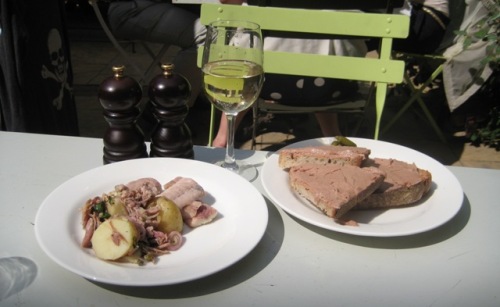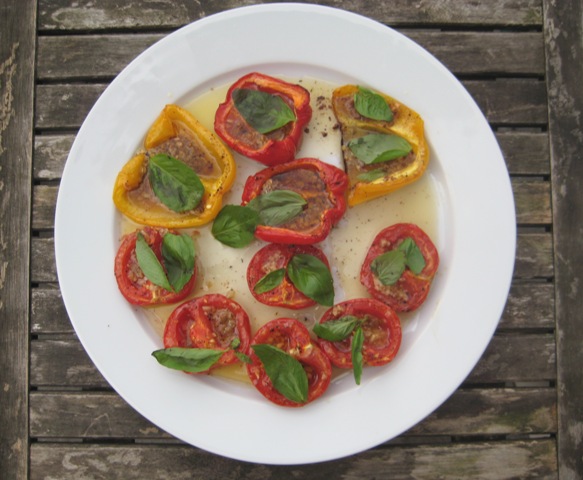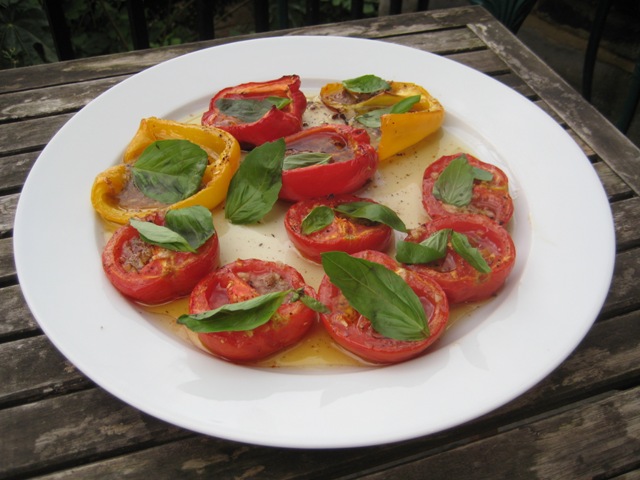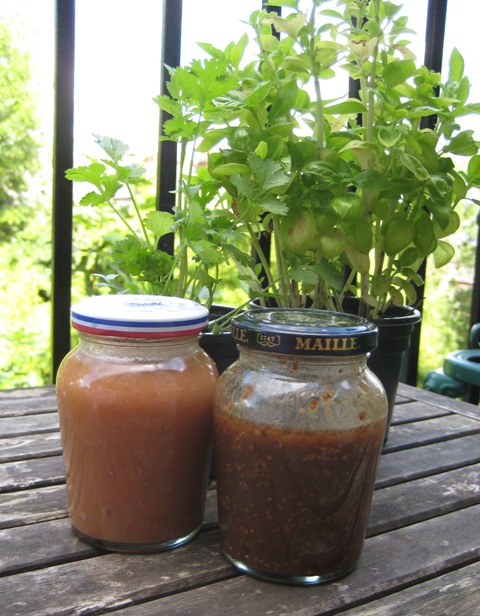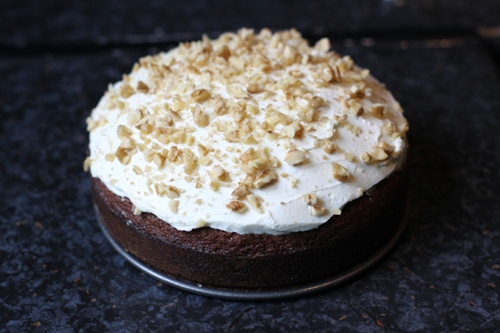Ray's meatballs, inspired by Jamie Oliver
 Sunday, August 8, 2010 at 2:45PM
Sunday, August 8, 2010 at 2:45PM 
Let's get a few things straight before I start this recipe.
I am in the camp of people who find Jamie Oliver a rather annoying personality (the pseudo-geezer thing), but who appreciate what he has done for food in Britain (example). I like his early books (I only got as far as the first two), but I sit firmly with the Italians when it comes to 'Jamie's Italy'. Basically, if Italy is, as he says, his biggest inspiration ("I should have been Italian"), then why can’t he respect the time-honoured recipes developed over generations instead of coming in and throwing all manner of herbs and spices into dishes that traditionally would have been made up of a few ingredients, cooked simply and allowed to shine. In the words of Angela Hartnett,
Nonna taught me to understand what great Italian cooking is all about: start with the very best raw ingredients and do very little to them; just let them speak for themselves, and make the best of their natural flavours and textures.

